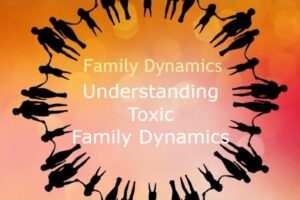The family unit, or ‘first line family’, refers to the immediate family members which usually consist of parents, siblings, and children.
Families have significantly changed since the 60s and the family unit has evolved into a more eclectic expression of what it means to be a family.
Here are some of the most common types of family units:
1. Nuclear Family
The nuclear family is one of the most traditional family structures, consisting of two parents and their children. This type of family unit is often depicted in media and is common in many countries around the world.
2. One-Child Family
A one-child family has no other siblings and two parents One-child families are becoming more common and are the fastest-growing family unit in the United States and Europe.
3. Blended Family|
Also known as a stepfamily, a blended family forms when one or both partners in a relationship have children from previous relationships. These families may include step-siblings and half-siblings, and they often require adjustments to combine different family dynamics.
4. Extended Family
An extended family can includes relatives beyond the nuclear family, such as grandparents, aunts, uncles, and cousins. This family structure is more common in cultures where family ties and communal living are emphasized, allowing for shared responsibilities and support. Another example may be a parent caring for an aging elderly parent.
5. Single-Parent Family
A single-parent family consists of one parent raising one or more children. This structure can result from various circumstances, including divorce, the death of a parent, or a parent’s choice to raise children independently. Single-parent families may face unique challenges but also offer unique strengths.
6. Same-Sex Family
Same-sex families are composed of two parents of the same gender and their children. These family units may be formed through biological means, adoption, or other arrangements. Legal recognition of same-sex families varies by region.
Each family unit has its strengths and challenges, and the diversity of family structures reflects the varied ways people find connection and support in their lives.
Family Dynamics Articles
Family Dynamics Overview
Family Dynamics: Family Units
Types of Families: Nuclear Family, Single Child Family, Blended Family, Extended Family, and Single-Parent Family
Family Dynamics: Understanding Toxic Family Dynamics
Family Dynamics: Intergenerational Trauma Overview




